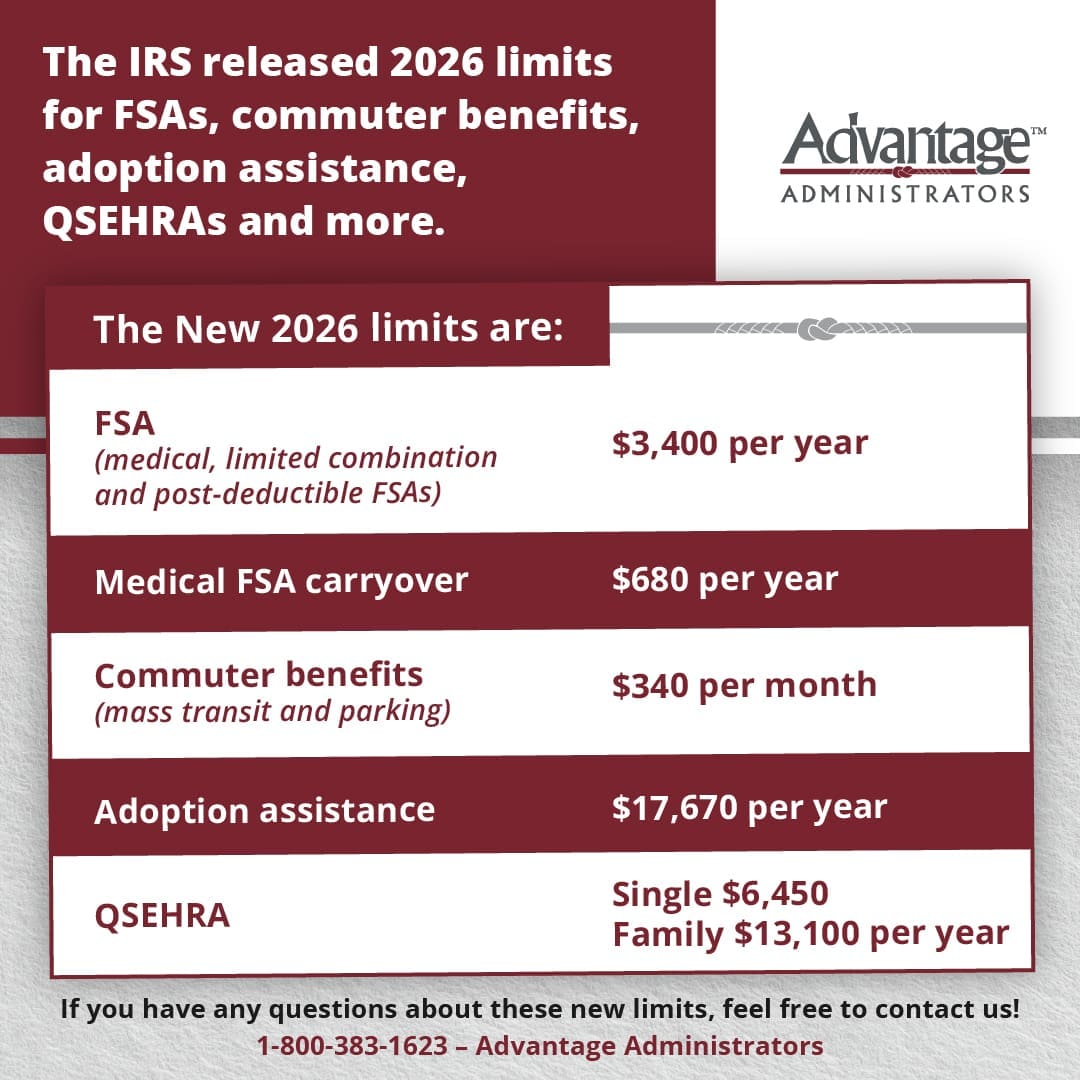Five Voluntary Benefits Plan Design Tips
Did you know employers can enhance their benefits offerings by incorporating voluntary benefits? What exactly are voluntary benefits and how can employers design an effective plan? We sat down with Hugh McDaniel, manager of channel partnerships at WEX, to get his insights on crafting voluntary benefits plans that meet the diverse needs of employees.
What are Voluntary Benefits?
Voluntary benefits are additional benefits offered by employers that are typically paid for by employees. These benefits go beyond the core offerings like medical, dental and vision insurance. They can include a wide range of options such as pet insurance and more specialized benefits like accident and critical illness insurance. McDaniel notes these benefits “are designed to be supplemental to your major medical coverage to help fill in those gaps.”
Assessing Employee Needs
Understanding the diverse needs of your workforce is key to designing an effective voluntary benefits plan. McDaniel emphasizes the importance of knowing your population: “We have such a diverse workforce these days with such a diverse set of needs and diverse range of ages. Voluntary benefits really need to be tailored to those particular needs.” Employers should consider the unique needs of different demographic groups within their workforce. For example, younger employees might benefit from budgeting tools and renters’ insurance, while older employees might be more interested in long-term care and disability insurance.
Implementing Voluntary Benefits
When introducing voluntary benefits, it’s important to start small and gradually expand the offerings. McDaniel recommends a gradual approach: “You can’t throw too much at an employee and you can’t do too much at once. So, my advice is, if you are getting a voluntary benefits program off the ground initially, piecemeal it.” Starting with a few essential benefits like supplemental health benefits can help employees get used to the idea of voluntary benefits. Over time, additional benefits can be introduced based on employee feedback and utilization.
Leveraging Technology and Analytics
Technology plays a critical role in the administration and communication of voluntary benefits. A robust benefits administration system can simplify the process for both HR teams and employees. Analytics can help employers measure the success of their voluntary benefits programs. McDaniel highlighted two key metrics to track: “Look at your participation and look at your utilization. Participation should increase year-over-year.”
Effective Communication
Effective communication is essential for maximizing employee engagement with voluntary benefits. It’s not enough to simply offer these benefits; employees need to understand them and see their value. Utilizing various communication channels, such as emails, text messages and short videos, can help reach employees more effectively. McDaniel suggests, “Have a benefits administration system that sends out robust communications that have a 90-second video of what a benefit is instead of a nine-minute video. Digestible bits of information—less is more.”
The information in this blog post is for educational purposes only. It is not investment, legal or tax advice. For legal or tax advice, you should consult your own counsel. To stay up to date on benefits trends and insights, subscribe to our blog.










 Flex Plans
Flex Plans Forms
Forms HSA
HSA HRA
HRA Retirement
Retirement Health Shopper
Health Shopper FSA Store
FSA Store